Audio Newbie #3: Sound and Hearing - Part I

by Pixabay at pixabay.com
Introduction
How Ear Works?

The scheme of your ear, source
Sound wave goes into the ear canal and make the ear drum move back and forth, it basically vibrates. Thanks to this, the tiny chain of bones (ossicles - malleus, incusn stapes) starts "moving" in the middle ear. The last bone in that arrangement have very important task of "knocking" on the membrane window of the cochlea to make the fluid in cochlea move. The fluid movement causes a response in the hearing nerve which sends information to your brain. It is very important to remember that human ear can hear from 20 hZ to 20,000 kHz.
Four Levels of Hearing
Dr Ramsdell is the person who was working in veterans' administration hospital in Pennsylvania. He observed young men returning from war who had lost some of their hearing. These men complained that the world seemed "dead". Thanks to it he developed a theory about how we hear or, as he described it: "the feeling of oneness with an active environment." Dr Ramsdell has distinguished four levels of hearing:
- Primitive level - Recognizing background sounds in the world around us.
- Warning level - Recognizing sounds that alert us to possible dangers.
- Symbolic level - Understanding speech.
- Aesthetic level - Enjoying sounds that please us.
Too Loud?
Noise levels are measured with a sound level meter or dosimeter (a sound level meter worn on the employee) that can automatically determine the average noise level. Very often, levels of noise are represented in terms of a daily dose.
Permissible Noise Exposures (OSHA):
Unfortunately, OSHA's regulations aren't as good as any other protective standards. Scientists and OSHA itself have known for more than 25 years that from 20 to 30% of the population which overexposed during their lifetime to noise levels permitted by OSHA will suffer significant hearing loss. This is why NIOSH has recommended an 85 dB standard. Nevertheless, NIOSH admits that almost 10% of the population exposed to the lower approved level will be affected by hearing loss.
NIOH's 1997 Study of Estimating Excess Risk of Material Hearing Impairment:
Permissible Noise Exposures - Comparassion:
h - hours
m - minutes
s - seconds
What Does Hearing Damage Sound Like?
Hearing loss is the most common workplace injury which we can avoid without a lot of obstacles. Ears can be pretty easily damaged, resulting in partial or complete deafness or persistent ringing in ears. Hearing loss does not actually mean that you will live in total silence. It can be a maddening, aggravating buzz or ringing in the ear called tinnitus. It may also result in a loss of hearing ability, the ability to hear softer sounds at a particular frequency. Often these changes happen in the higher frequencies of 3 to 6 kHz, with a notch or significant reduction in hearing ability often around 4 kHz.
Hearing damage is not the only health effect of noise. Workers in noisy workplaces have shown a higher likelihood of heart diseases and heart attacks. There are also many more other stress related effects which have been documented, including studies that have shown that women in noise environments tend to gain weight.
Indicators of Hearing Damage
The first and the most obvious indicator of hearing damage is exceeding the EPA and WHO safe noise levels. The second indicator is one of two types of temporary hearing damage.
The first one is tinnitus, a temporary ringing in ears following a loud or prolonged noise exposure. If you have tinnitus, you should as soon as possible take steps to limit exposure at high noise levels in the future. The second type of temporary damage is a temporary threshold shift (TTS). These changes happens for short time in the threshold of hearing, they are a very good indicator that if you continue exposing yourself to high noise levels, you can get permanent damage in your hearing. The ways to detect TTS without expensive equipment are now being developed, but you can be 100% sure that the subjective experience of your hearing sounding different after noise exposure currently is the best indication of problems. It is important to remember that there is a big chance that you will suffer a hearing loss even if TTS or tinnitus will disappear after some time.
Finally, there are often indicators that serious hearing damage has developed, such us difficulties understanding people in crowded places like streets of the city. Unfortunately, there is no possibility to fix hearing damage, but you have to remember that if you do not take steps to limit your noise exposure, you can make it worse.
Protection
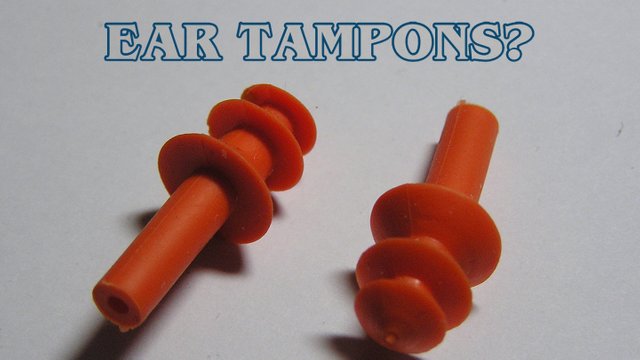
Protecting your hearing is pretty easy: avoid exposure to loud sources of sound for long periods of time. You can achieve it by either turning down the volume or preventing the full energy of the sound from reaching your ears. There are several strategies for protecting your hearing if you think that your exposure exceeds safe levels. Reducing exposure time is not always an option, but you always can turn down the volume, use quieter equipment or increase distance from the noise source. You can also use noise-absorbing materials or hearing protection like earplugs, over-the-ear muffs or both.
Unfortunately, most of earplugs or over-the-ear muffs will decrease only higher frequencies. It might cause difficulties in communication with the other people. Fortunately, there is a lot of hearing protection devices designed to reduce noise levels in all frequencies equally. Often referred to as "musician's earplugs." These come in inexpensive models or expensive custom-molded models, the second ones are better because they fit perfectly to your ear, but you will have to change them from time to time because your body is changing a little bit.
Ear Wax - Hygiene
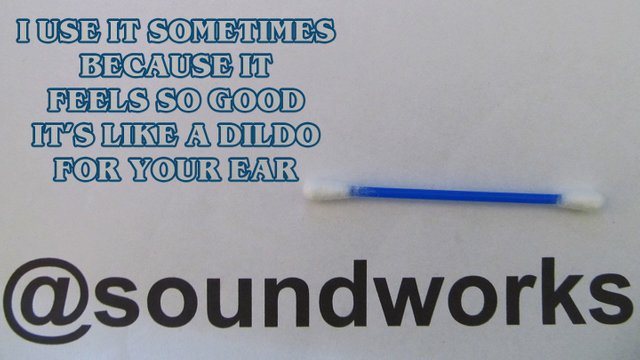
First of all, we should learn how an ear wax is formed. Ear wax is made in the outer third of the ear canal. It is a protective mechanism which basically means that if you are in loud place, your ear produces more ear wax to limit noise which comes to your ear drum. It also has another protective function, it protects you from bacterial growth because it is slightly acidic.
Normally, the wax moves outward naturally - that's the reason why you should never get rid of hair which grows inside of your ear! You should not clear your ears too often if you want to avoid problems with infections. In the past everyone was using Q-Tips, but now they are "not for ears." There are other solutions like chemical drops which will diffuse ear wax, but you should remember that they also will destroy bacterial flora inside of your ear. I would suggest you chewing gum because ear wax moves outwards due to your jaws work.
To be honest, I am one of these people who still use Q-Tips and I am totally fine! I think that you should remember to be very careful while using them. It means: no running around with a Q-Tip in your ear, no pushing it inside as deep as possible and no other stupid and irresponsible behaviors.
I asked two of my friends from Steem.Chat what you should use to clean your ears:
uhhh q-tips but don't shove them too deep into your ear
i wouldn't even really use q-tips, if i can't clean it with a washcloth around my finger i go no further; you can also use some diluted hydrogen peroxide solution i think, or whatevers in ear drops for that, and then use a water syringe to blast it out; I used to clean my ears in odd ways, like unbending a paperclip and going in there; do not recommend, don't try that at home I was a professional
Audio Files and Audio Equipment
Wait... Audio files? What do they have to do with hearing damage? They are not directly related to hearing damage, but... Let me explain. We have a lot of nice and high quality files like .wav or .flac and then we have files which are really bad, I mean .mp3 files. Why are they bad? Because they are compressed... Wait! But .flac is also compressed! Yes, it is, but what we apply to .flac files is called "lossless compression."
There is scheme of two types of compression:
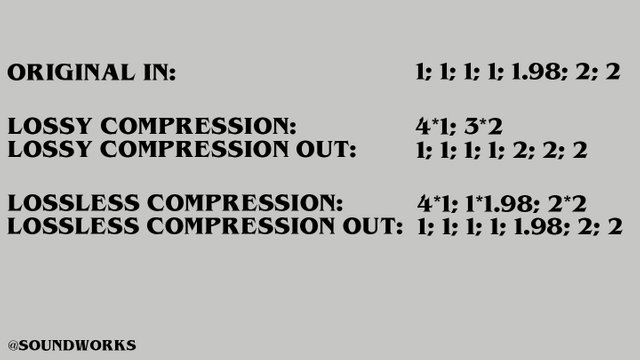
As we can see, lossy compression merges data which seems to be similar and lossless compression saves all of data. This is why .mp3 weights less than .flac, .mp3 files have very hard reduced low and high frequencies. Now, let's take a look at isophonic curves for human hearing:
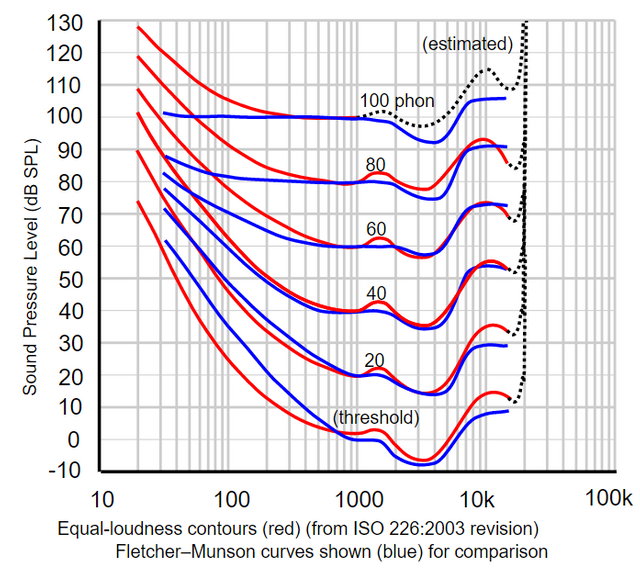
Source
As we can see, our ears can hear middle frequencies 1-4 kHz much better than low or high frequencies until we turn the volume up to around 80 to 90 dB. The problem is that our brains love low and high frequencies, so we turn the volume up while listening to .mp3 files because we want to get most of our favorite frequencies ranges. Turning up the volume means that we also will get more of middle range, which might cause in temporary or permanent hearing loss or hearing damage.
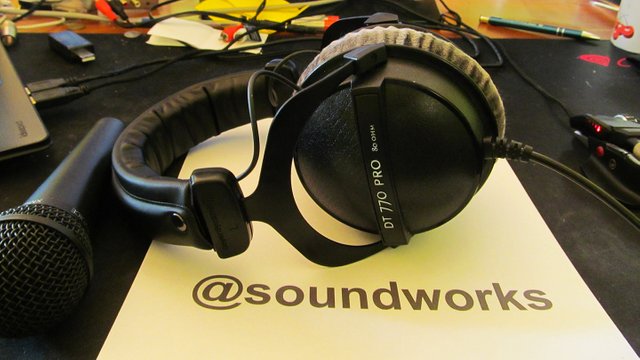
The same problem is with cheap audio equipment, it has reduced low and high ends because high quality speakers with better characteristics cost much more money than $10 earphones. To be honest, I would suggest you stop using earphones as soon as possible; it isn't a good idea to bring a source of sound inside of your ear. If you really want something small to enjoy your music, you should invest in IEM (In Ear Monitors), but they cost around $500 for pre-amp and earphones bundle.
That's why I use headphones. High quality headphones might also be very expensive, but you can buy something pretty good like Beyerdynamic DT 770 Pro 80 Ohm for ~160 USD.
Sources of Knowledge:
"Encyklopedia Biologia" Copyright by Wydawnictwo "Greg"; ISBN: 978-83-7327-756-4
"Handbook for Sound Engineers Fourth Edition" by Glen Ballou; ISBN: 978-0-240-80969-4
OSHA Technical Manual - Noise
WHO - Noise Guidelines
NIOSH - Guidance and Regulations
"Fletcher-Munson curves" on Wikipedia
How ear works?
SteemSTEM is a community project with the goal to promote and support Science, Technology, Engineering and Mathematics on the Steem blockchain. If you wish to support the steemSTEM project you can:
Contribute STEM content using the #steemstem tag | Support steemstem authors | Join our curation trail | Visit our Discord community | Delegate SP to steemstem
The store I worked in at San Diego was going through a remodel, and they had to be a lot louder than 90dBA with their saws and other equipment. (I didn't even check if there's an app to measure dBA) They didn't offer any ear protection so me and one other guy brought our own. It didn't make me think highly of the company. If I were the store manager I would have set a box of ear plugs in the break room and let it be take as you need them. The other guy that cared about his hearing and I laughed about how they certainly didn't pay us enough to go deaf. I'm saving that for concerts and other frivolities.
The ear plugs actually pulled out a lot of wax when removed. That was rather satisfying. There was blood at some point but that's hardly the first time.
Very informative, Thanks!
I will just have to resteem this.
It's a great post! If you put the sources where you took the pictures from, I think it could help to be upvoted by some curators guild.
This is a really great post. Congrats.
Resteemed!
nice post must be RESTEEM!
Your post received an upvote by the @illuminati-Inc music curation team and its partner @curie.
You may consider voting for the Curie witness; all witness payouts are used to fund Curie operations including but not limited to more than 10 curation teams (vote here).